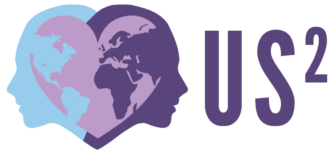The United Nations Convention on the Rights of Persons with Disabilities defines disability as long-term physical, mental, intellectual, or sensory impairments which may hinder a person’s full and effective participation in society on an equal basis with others.
Despite its’ basic textbook definition, disability is extremely diverse and goes far beyond the popular representations of it. Disability is not binary and not always Visible or Invisible. It often doesn’t fit in with one’s idea of what they ‘think’ disabled looks like (or doesn’t look like).
Imagine all the stories that have gone viral of people being called out or even harassed for using disabled parking spaces because they do not “look disabled” or “look sick.” Now imagine the stories we do not hear. People are quick to make assumptions just because they cannot “see” disability, and people with an invisible disability feel invalidated, ignored, and misunderstood causing them to feel the need to pass as able-bodied in fear of abuse from others.
When discussing topics like this, it is important to recognize that we all have implicit bias. Even if it contradicts our actual beliefs, humans like to organize the world by putting labels and placing everything into categories, ultimately leading to bias. However, if we become more conscious and mindful of it, we can stop it from having an influence over our behavior.
It is important to not only educate ourselves and recognize ableism when we see it, but also to recognize our own microaggressions to move towards a society where disability—whether visible or not—is not considered as something that is negative, thus creating a safer space for people with disabilities.




